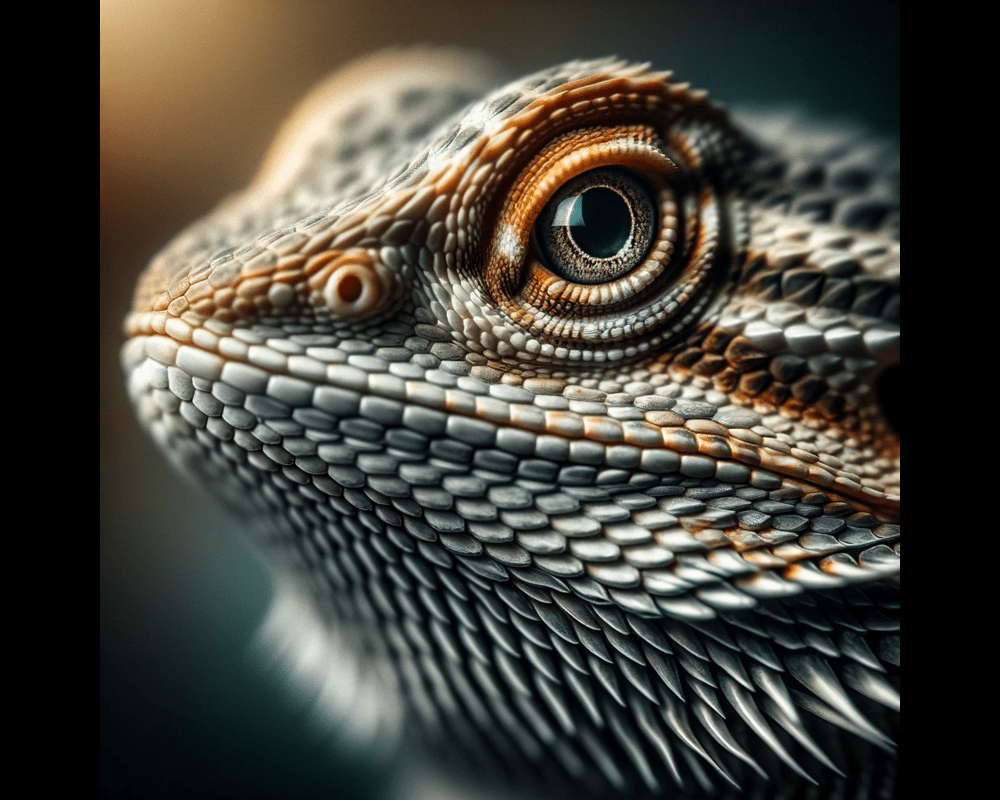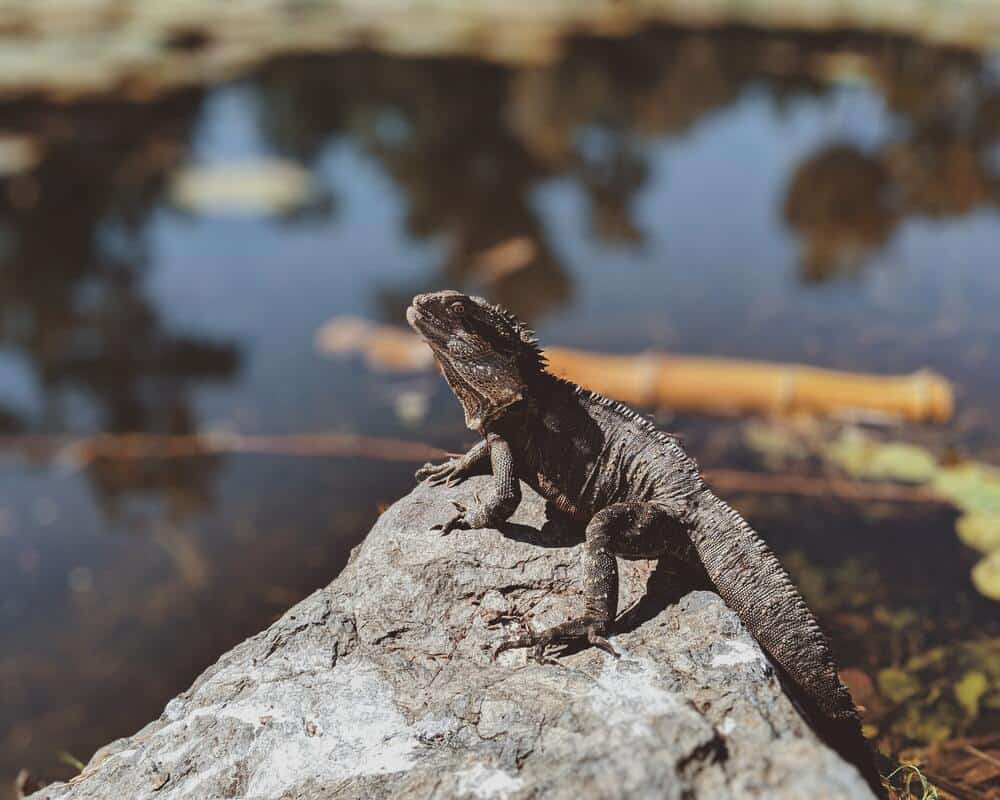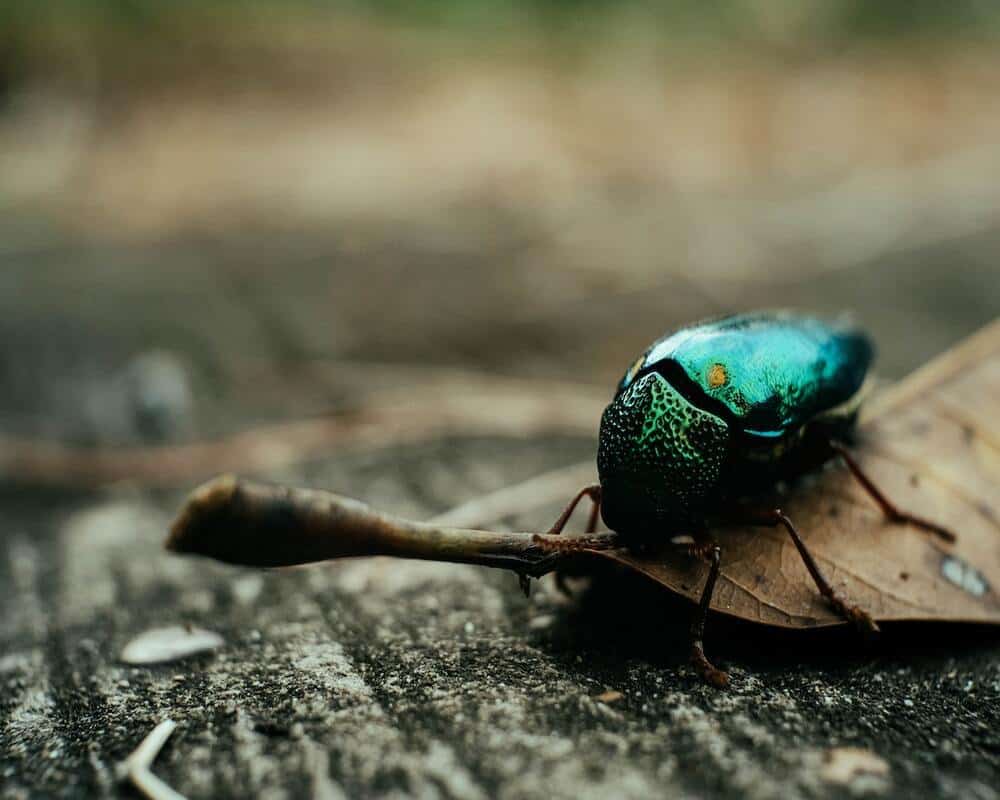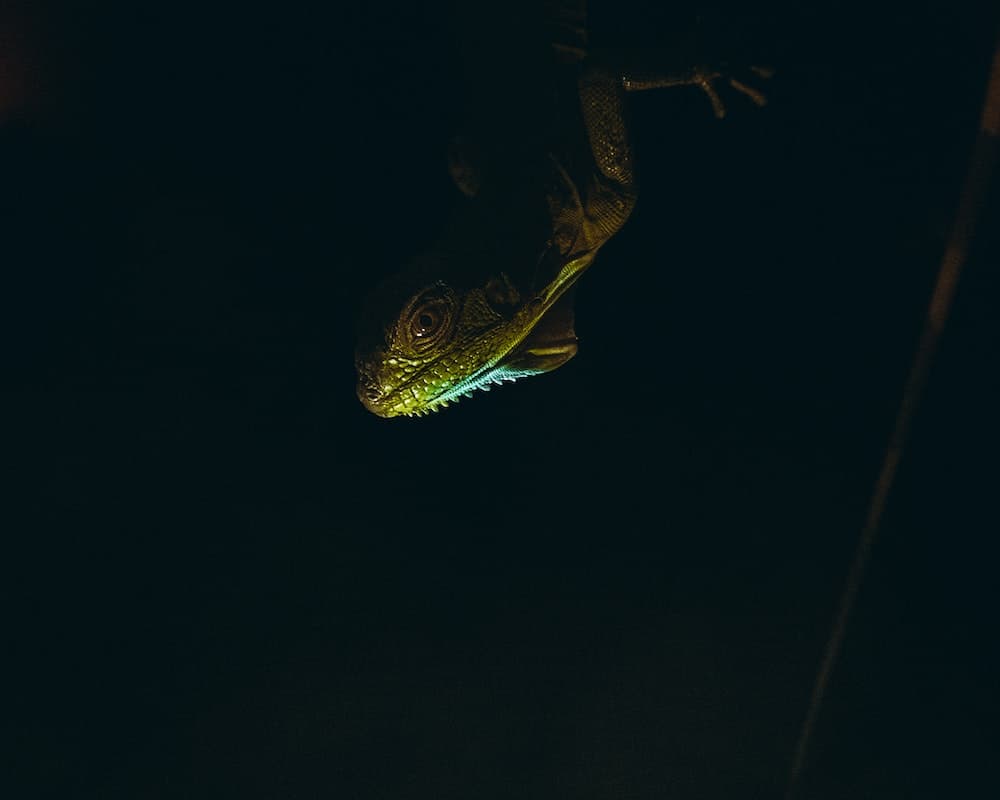Bearded dragons, native to the arid landscapes of Australia, have become beloved pets worldwide. Known for their distinct personalities and interactive nature, these reptiles require careful attention to maintain their health and well-being. One alarming condition may arise is bearded dragon sunken eyes. This symptom is not only distressing in appearance but also indicative of underlying health issues. By understanding the causes and remedies for sunken eyes, owners can ensure their bearded dragons live long, healthy lives.
Understanding Bearded Dragon Sunken Eyes
Sunken eyes occur when a bearded dragon’s eyes appear recessed and lack their usual vibrancy. This condition is more than a cosmetic issue; it’s often a sign of dehydration or other health problems. The eye area of a bearded dragon is particularly telling because it reflects the animal’s overall hydration and nutritional status.
The Anatomy of a Bearded Dragon’s Eye
Understanding the intricate anatomy of a bearded dragon’s eye is crucial to comprehending why sunken eyes can be a significant indicator of health issues. A bearded dragon’s eye is not just a visual organ but a complex structure intricately linked to its overall health and well-being.
Outer Structures: Protection and Perception
- Eyelids: Bearded dragons have upper and lower eyelids that close completely, unlike some reptiles. These eyelids protect the eye from debris and help in maintaining moisture. When the eyes sink, these lids can appear loose or ill-fitting, a visual cue to potential health problems.
- Nictitating Membrane: Also known as the third eyelid, this translucent membrane provides additional protection and moisture, especially during digging or burrowing. It’s less noticeable but plays a crucial role in eye health.
The Sclera: A Window to Hydration
- Sclera: This is the white, fibrous layer that maintains the eye’s shape and offers protection. In bearded dragons, the sclera is usually not as visible as in human eyes, but changes in its appearance can indicate dehydration or other health issues.
The Cornea: Clarity and Vision
- Cornea: The clear, outer layer of the eye that allows light to enter. It’s vital for vision and is sensitive to changes in hydration and overall health. A healthy cornea is clear and bright; any cloudiness or dull appearance can signal problems.
Internal Structures: Sight and Health
- Retina: The light-sensitive layer where images are formed. It’s crucial for a bearded dragon’s ability to see and react to its environment. Health issues affecting the retina can lead to vision problems and changes in behavior.
- Lens: Located behind the iris, the lens focuses light onto the retina. A healthy lens is essential for clear vision, and its condition can be affected by overall nutrition and hydration.
- Optic Nerve: This nerve transmits visual information from the retina to the brain. Disruptions or damage to the optic nerve can lead to serious vision problems and behavioral changes.
The Conjunctiva: Health at First Glance
- Conjunctiva: A thin, transparent layer that covers the sclera and lines the eyelids. It can become red and swollen when the eye is irritated or infected, a common issue in dehydrated or sick bearded dragons.
Link to Overall Health
The condition of a bearded dragon’s eyes is directly linked to its overall health. Sunken eyes can indicate dehydration, malnutrition, or other systemic issues. The eye’s appearance can change due to fluid loss, fat depletion, and other factors affecting the dragon’s health. For instance, a dehydrated bearded dragon might have eyes that appear deflated because there isn’t enough fluid pressure to maintain the eye’s usual prominent shape.
In summary, the anatomy of a bearded dragon’s eye is complex and reflects its health status. Owners must understand these structures to recognize the signs of sunken eyes and other eye-related issues. Regular observation and care can ensure that any changes in the eye’s appearance are noted and addressed promptly, keeping the bearded dragon healthy and alert.

Common Causes of Sunken Eyes
1. Dehydration: A Primary Concern
Dehydration is the leading cause of sunken eyes in bearded dragons. These creatures originate from a dry environment and have adapted to obtain moisture from their food and surroundings. In captivity, if the humidity levels are too low or if they aren’t receiving enough moisture from their diet, they can quickly become dehydrated.
Signs of Dehydration:
- Sunken eyes
- Dry, flaky skin
- Lethargy
- Decreased urine output
Preventing Dehydration:
- Provide a constant supply of fresh, clean water.
- Mist the dragon regularly to encourage drinking.
- Include water-rich foods like cucumbers or melons in their diet.
2. Malnutrition: Beyond Just Food
Malnutrition can stem from an unbalanced diet lacking in essential nutrients. Vitamins A and C are particularly crucial for maintaining eye health. Without these, bearded dragons can suffer from a range of symptoms, with sunken eyes being one of the primary indicators.
Signs of Malnutrition:
- Sunken eyes
- Weight loss
- Dull, lifeless skin
- Brittle nails
Preventing Malnutrition:
- Provide a varied diet consisting of leafy greens, vegetables, and appropriate insects.
- Consider supplements recommended by a veterinarian to ensure all nutritional needs are met.
3. Kidney Disease: A Serious Underlying Issue
Kidney disease can be a silent but deadly condition affecting bearded dragons. It often stems from long-term dehydration or a diet too high in proteins. The kidneys begin to fail, and toxins build up in the body, leading to various symptoms, including sunken eyes.
Signs of Kidney Disease:
- Sunken eyes
- Lethargy
- Weight loss
- Increased thirst
Managing Kidney Disease:
- Ensure a well-balanced diet.
- Provide adequate hydration.
- Regular veterinary check-ups for early detection and management.
4. Parasitic Infections: Hidden Invaders
Parasites, such as worms or protozoa, can infest bearded dragons, especially those who’ve been fed wild-caught insects. These parasites can lead to nutrient and hydration depletion, manifesting as sunken eyes among other symptoms.
Signs of Parasitic Infection:
- Sunken eyes
- Diarrhea or unusual feces
- Swollen abdomen
- Weight loss
Preventing and Treating Parasitic Infections:
- Feed high-quality, store-bought prey.
- Regular fecal exams to detect and treat any infections early.
5. Environmental Stress: The Silent Culprit
Inappropriate living conditions, such as incorrect temperatures, humidity levels, or lighting, can cause stress and lead to dehydration and other health issues, resulting in sunken eyes.
Signs of Environmental Stress:
- Sunken eyes
- Constant hiding or burrowing
- Refusal to eat
- Aggressive behavior
Creating a Stress-Free Environment:
- Monitor and maintain appropriate temperature and humidity levels.
- Provide a habitat that mimics their natural environment with areas to climb, hide, and bask.
Detailed Solutions and Preventive Measures
Hydration Techniques:
- Mist your bearded dragon daily.
- Offer baths in shallow water to encourage drinking and hydration.
- Use a dripping system to provide a continuous source of fresh water.
Nutritional Advice:
- Rotate the diet to include a variety of fruits, vegetables, and insects.
- Understand the specific nutritional needs of your bearded dragon, considering its age and health.
- Consult with a veterinarian about the need for supplements.
Regular Health Monitoring:
- Schedule routine veterinary visits for check-ups and fecal exams.
- Keep a health journal detailing your bearded dragon’s diet, behavior, and any symptoms.
- Be proactive in noticing any changes in appearance or behavior.
Conclusion
Bearded dragon sunken eyes are a symptom that requires immediate attention and care. By understanding the potential causes, bearded dragon owners can take proactive steps to prevent and address this issue. Regular monitoring, a proper diet, and an appropriate living environment are key to preventing sunken eyes and other health problems. Remember, a healthy bearded dragon is an active and alert one. Your commitment to your pet’s well-being is vital to its quality of life.




